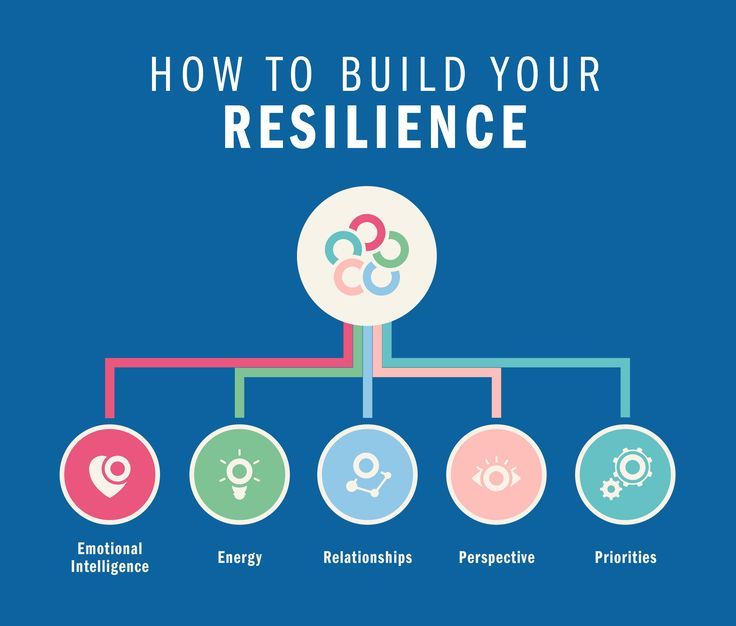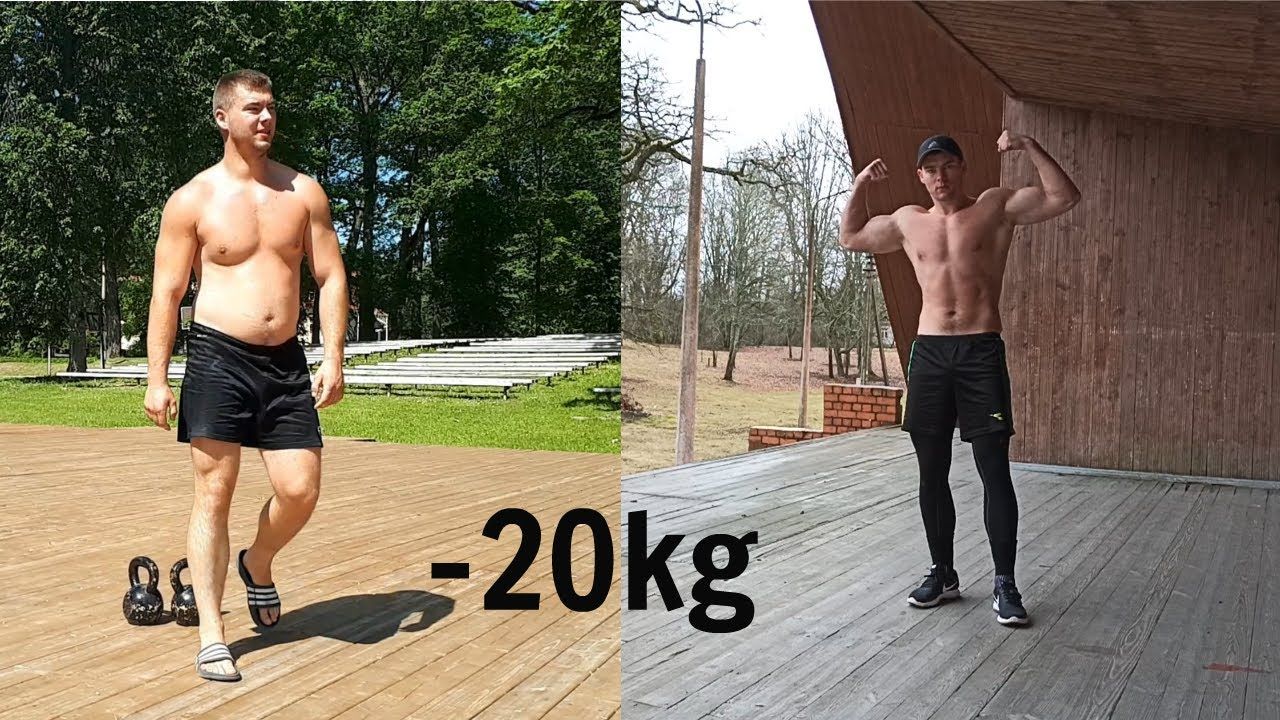As urbanization continues to take over the world, city dwellers are becoming increasingly detached from nature and physical activity.
However, with the rising popularity of urban jungle gyms, city spaces are now being transformed into workout zones.
The Concept of Urban Jungle Gyms
An urban jungle gym is an innovative concept that involves creating fitness equipment installations in city spaces like parks,
vacant lots, rooftops, and even between buildings. These specially designed workout zones are strategically placed to encourage
urban residents to incorporate exercise into their daily routines.
Benefits for City Dwellers
Urban jungle gyms offer numerous benefits for city dwellers:
- Accessible Fitness: With workout zones incorporated within their daily commute, city residents no longer have to make time-consuming trips to traditional gyms.
- Free of Cost: Urban jungle gyms often provide free access to fitness equipment, making it affordable for people who may not be able to afford a gym membership.
- Community Building: These workout zones serve as a meeting point for individuals from diverse backgrounds, creating a sense of community and fostering social connections.
- Nature Integration: Urban jungle gyms incorporate nature-inspired elements, bringing a touch of greenery to city spaces and enhancing overall well-being.
- Physical and Mental Health: Engaging in physical activities helps combat the sedentary urban lifestyle, reducing the risk of various health issues while boosting mood and overall mental well-being.
Design and Features
The design of urban jungle gyms is vital in attracting and maintaining interest among city residents:
- Variety of Equipment: From traditional exercise equipment like pull-up bars and balance beams to more unconventional elements like rock climbing walls and obstacle courses, urban jungle gyms offer a diverse range of workout options.
- Sustainability: Many urban jungle gyms incorporate environmentally friendly features like solar-powered lighting, recycled materials, and rainwater collection systems, making them eco-conscious workout spaces.
- Child-Friendly: Some urban jungle gyms include play areas for children, ensuring that the entire family can enjoy these workout zones together.
- Flexibility and Adaptability: The design of urban jungle gyms allows for easy installation and customization according to the available urban space, ensuring that these workout zones can be integrated into any city.
Successful Examples
Various cities around the world have successfully integrated urban jungle gyms into their urban landscapes:
- New York City: The High Line Park, built on an abandoned elevated railway track, incorporates fitness installations into its unique green space, attracting both locals and tourists.
- London: The Sports Zone project transformed an underutilized car park into an urban jungle gym, providing city workers with a convenient workout spot during lunch breaks.
- Sydney: Barangaroo Reserve includes fitness equipment in its public space, allowing residents to exercise while enjoying breathtaking views of the harbor.
The Future of Urban Jungle Gyms
As the global urban population continues to grow, the need for accessible fitness options becomes more crucial than ever. Urban jungle gyms have the potential to revolutionize city landscapes and promote healthier lifestyles among urban residents. Their popularity is only expected to increase, leading to more innovative designs, installation locations, and a stronger emphasis on sustainability.
Conclusion
Urban jungle gyms are transforming city spaces into workout zones, providing urban residents with accessible, free, and community-driven fitness options. With their unique designs, features, and benefits, they offer a promising solution to combat the sedentary urban lifestyle and reconnect city dwellers with physical activity and nature.



